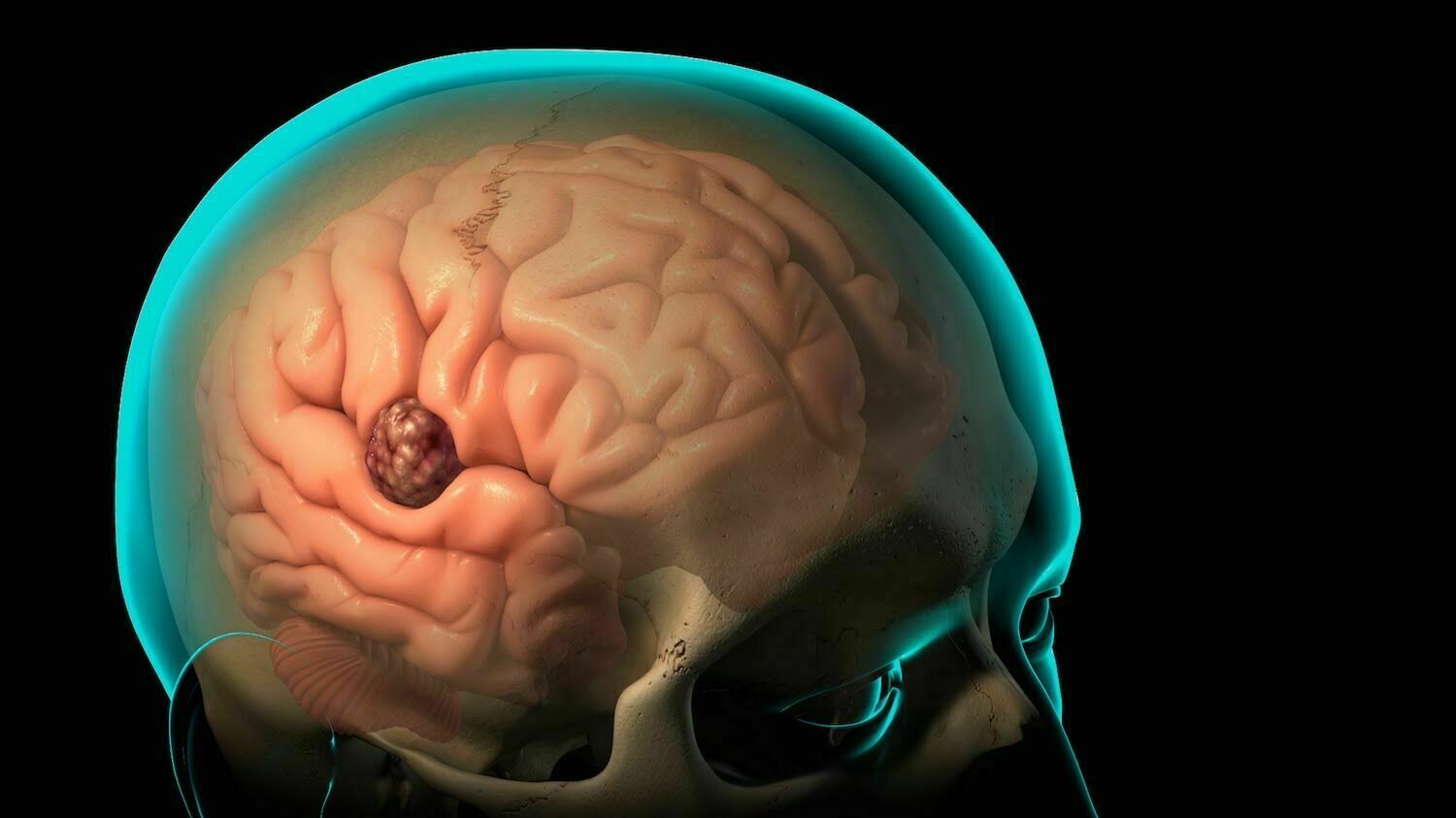Posted 10 апреля 2023, 09:43
Published 10 апреля 2023, 09:43
Modified 10 апреля 2023, 10:06
Updated 10 апреля 2023, 10:06

Cheap and simple: Russian scientists have learned to detect a brain tumor with 100% accuracy
One of the most dangerous types of brain tumors – glycoma - helped scientists to identify with 100% accuracy the so-called DNA aptamers — short sequences of nucleotides. The molecules created by the researchers are able to find malignant cells of the nervous tissue, after which, thanks to the label of the luminous dye, the tumor can be easily detected using a microscope during surgery. This approach will help to remove neoplasms with high accuracy, without touching the functional areas of the brain. Experiments have shown that aptamers are absolutely safe for animals, and therefore can potentially be used for accurate diagnosis and targeted therapy of brain tumors in humans. The study was supported by a grant from the Russian Science Foundation (RNF), as well as the Ministry of Health and the Ministry of Education and Science. The results of the work are published in the journal Molecular Therapy — Nucleic Acid.
In the brain, in addition to nerve cells that transmit electrical impulses, there are auxiliary glial cells that feed neurons and create an environment favorable for their work. If these cells get out of control of the body and begin to divide uncontrollably, a glial tumor, or glioma, occurs - the most common and aggressive type of brain cancer. To date, gliomas are detected by computed tomography (CT) and magnetic resonance imaging (MRI). However, with such a diagnosis, there is a high risk of not noticing small neoplasms in the images, so scientists are developing new approaches for the accurate diagnosis of glioma.


Researchers from the Krasnoyarsk State Medical University (Krasnoyarsk), the Federal Research Center "Krasnoyarsk Scientific Center SB RAS" (Krasnoyarsk), the Emergency Hospital and the Cancer Center (Krasnoyarsk) have been developing aptamers — short DNA sequences — for many years that can be used to detect glial tumors. Scientists from the Institute of Chemical Biology and Fundamental Medicine SB RAS (Novosibirsk) helped colleagues develop a model of a human brain tumor for testing drugs on mice. The authors selected short DNA in a test tube in such a way that the molecules bind specifically to a human glial tumor. As a result, the researchers obtained more than twenty thousand DNA with a length of 100 nucleotides — a kind of "letters" that make up these molecules. Then, with the help of machine learning, scientists selected and improved by molecular modeling methods those DNA sequences that seemed to be the best candidates.
The optimized molecules were experimentally tested for the ability to bind to the cells of the target neoplasms. As a result, scientists have identified two variants of sequences strictly specific to glial tumors. These aptamers, designated as Gli-233 and Gli-55, bound only to glioma, allowing it to be distinguished from healthy areas of the brain and other types of tumors.
Using molecular methods, the authors determined that aptamers specifically bind only to glioma, because they recognize a special transformed portion of the tubulin protein, characteristic only for this type of tumor. Tubulin forms the internal "framework" of all cells of our body, thereby giving them a certain shape. However, in glioma cells, certain changes occur in the protein, which are recognized by aptamers.
To prove that with the help of aptamers, glioma can be detected not only in cell cultures and tissue samples taken during surgery, but also inside a living organism, scientists used laboratory mice in whose brains a human glial tumor developed. The animals were injected with a drug containing Gli-233 molecules with fluorescent, that is, luminous, tags attached to them. They allowed us to see the tumor under an operating microscope. It turned out that the aptamer with 100% accuracy bound to tumor cells and was not toxic to animals.
"Aptamer synthesis is a fairly simple and cheap technology. Once we have selected the DNA for the target we are interested in, we can copy this molecule as much as we want and attach different labels to it. The aptamers obtained in this study bind exclusively to glioma cells, allowing them to be recognized absolutely accurately. Thanks to this, aptamers will help simplify and speed up the diagnosis of a tumor. Moreover, short DNA quickly disintegrates in the body: they are "eaten" by special enzymes, therefore, with a high probability, the molecules we offer are safe not only for mice, but also for humans," says Anna Kichkailo, a participant in the project supported by an RNF grant, Doctor of Biological Sciences, leading researcher and head of the laboratory of digital controlled medicines and Theranostics of the Federal Research Center "Krasnoyarsk Scientific Center SB RAS" and the Laboratory of Biomolecular and Medical Technologies of V.F. Voino-Yasenetsky KrasSMU.
The study involved scientists from the Federal Research Center "Krasnoyarsk Scientific Center SB RAS" (Krasnoyarsk), Krasnoyarsk State Medical University named after Professor V. F. Voino-Yasenetsky (Krasnoyarsk), Institute of Chemical Biology and Fundamental Medicine SB RAS (Novosibirsk), Siberian Federal University (Krasnoyarsk), Institute of Physics named after L. V. Kirensky SB RAS (Krasnoyarsk), the National Research Center "Kurchatov Institute" (Moscow), Tomsk State University (Tomsk), the Federal Research Center "Crystallography and Photonics" of the Russian Academy of Sciences (Moscow), the Federal Siberian Scientific and Clinical Center of the Federal Medical and Biological Agency (Krasnoyarsk) and their colleagues from South Korea, Finland and Canada.